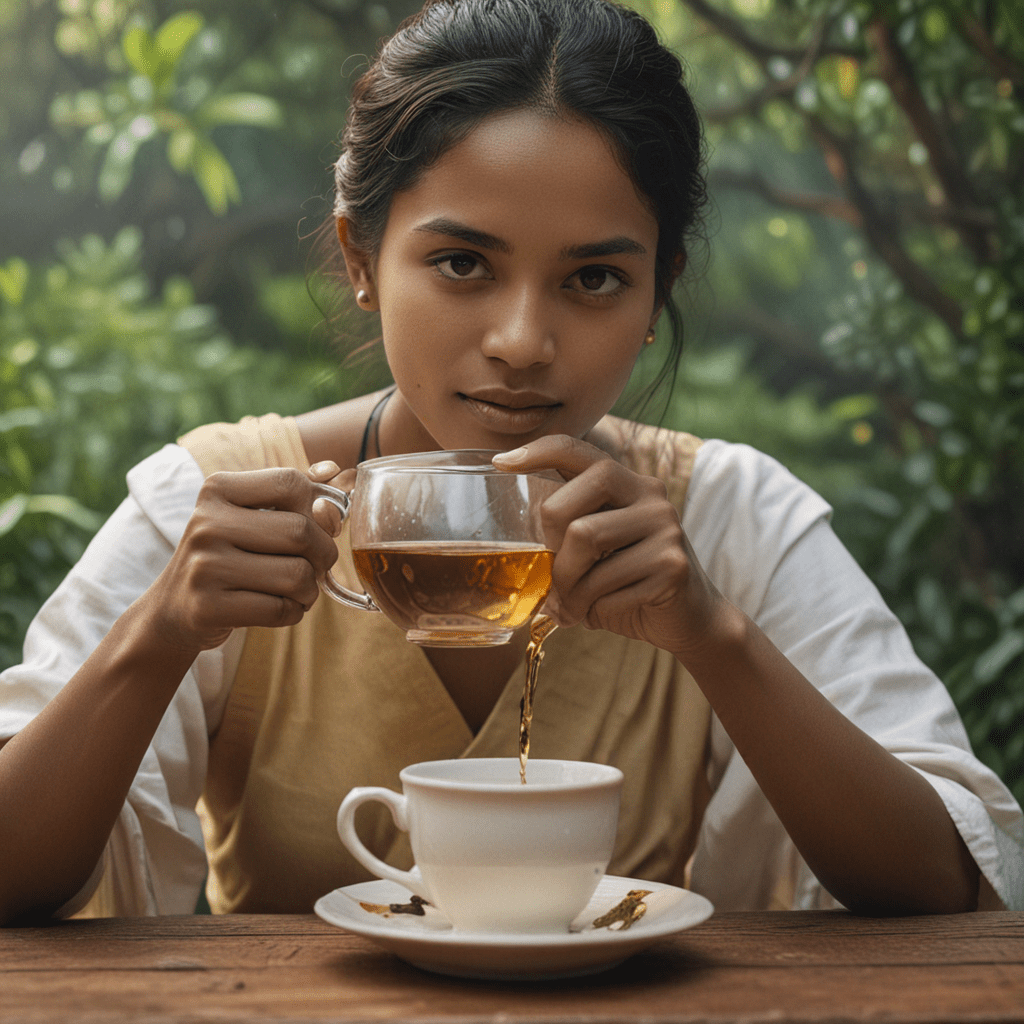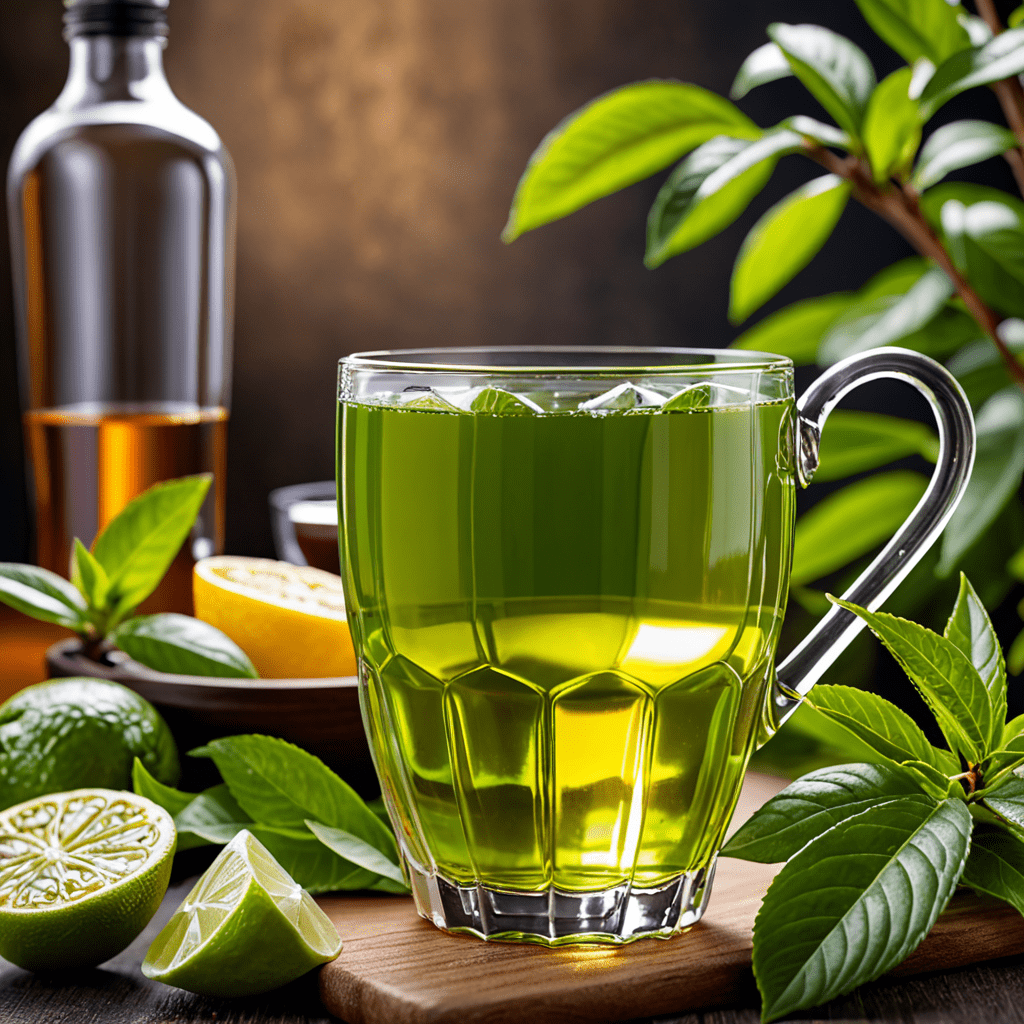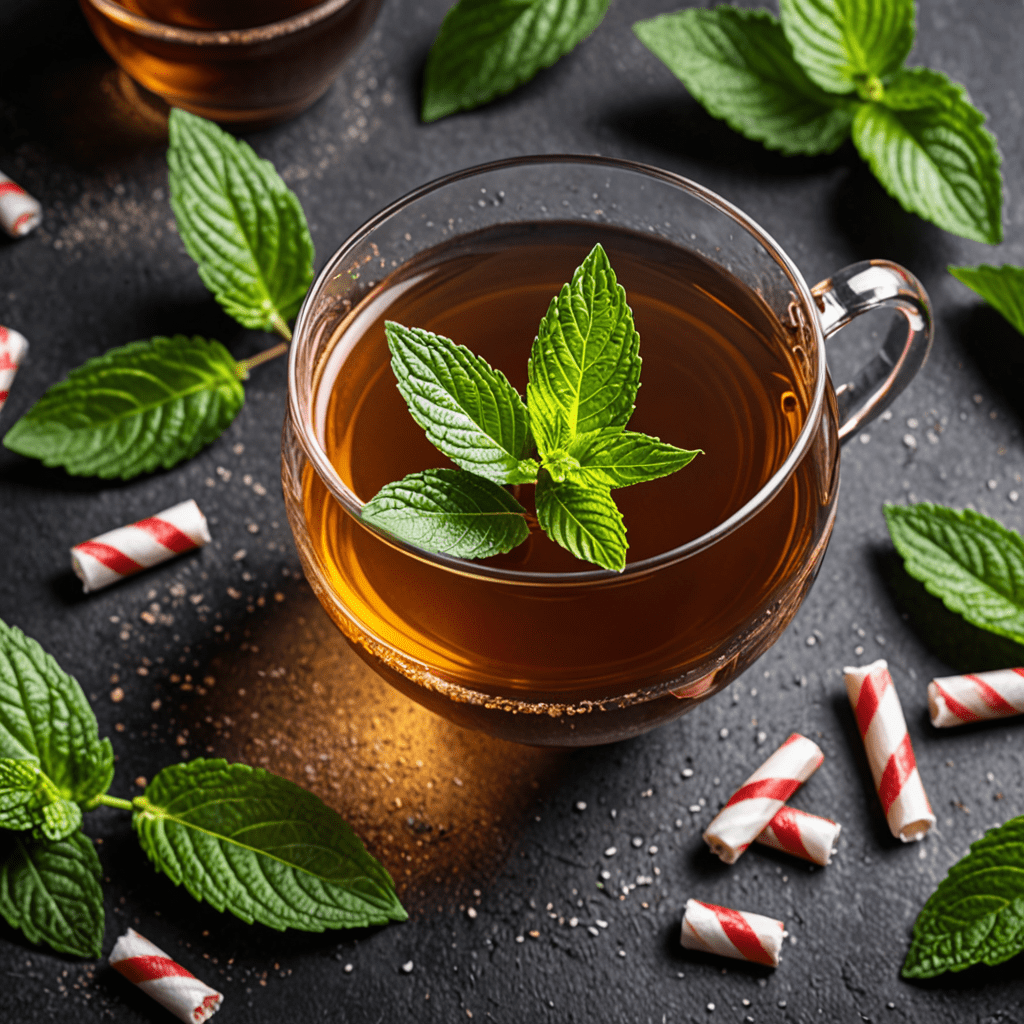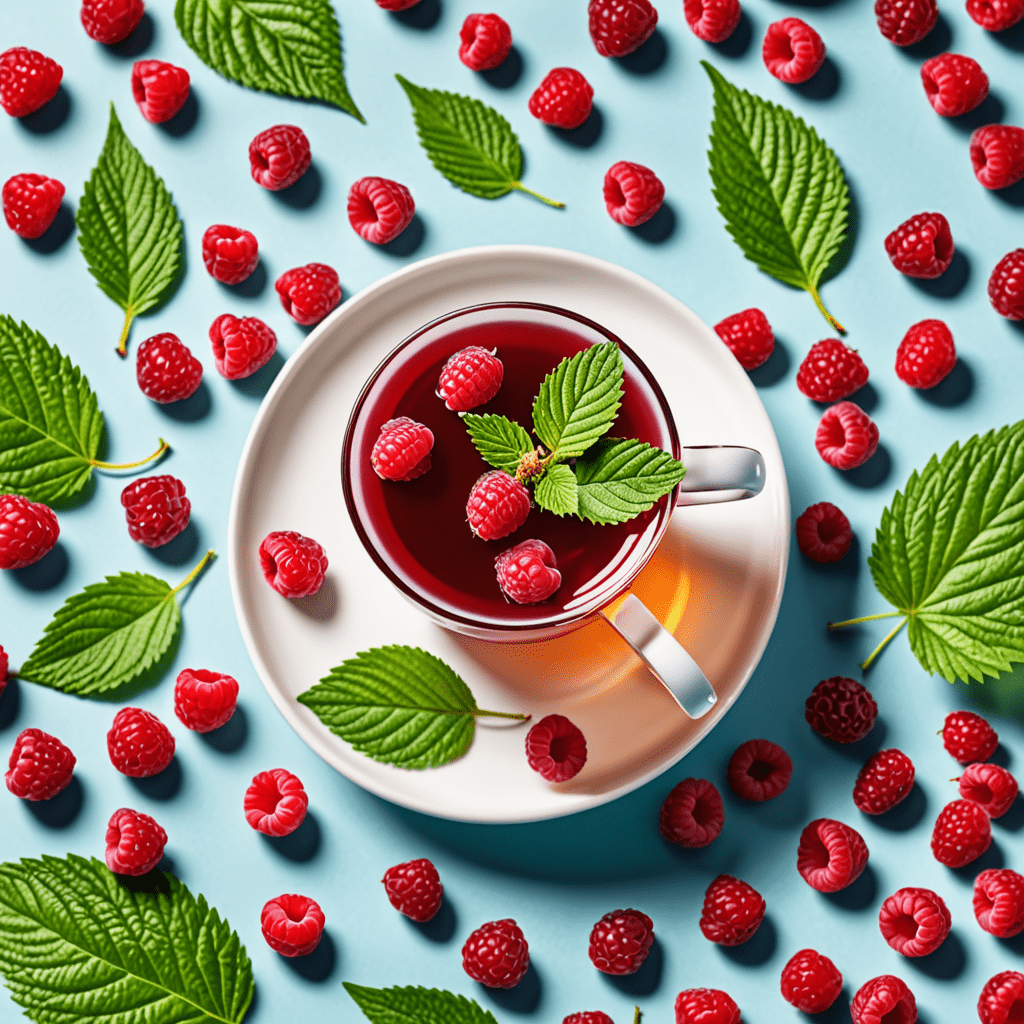1. The Origins of Ceylon Tea Rituals
Nestled amidst the rolling hills of Sri Lanka, the art of tea brewing has been deeply embedded in the country's culture for centuries. Ceylon tea rituals, an integral part of Sri Lankan tradition, have been passed down through generations, embodying the essence of slow living and mindful appreciation. These rituals originated during the British colonial era in the 19th century when tea plantations were established across the island. However, the roots of tea cultivation in Sri Lanka date back to the 1820s, when the first tea plants were brought to the island from China.
2. The Significance of Tea in Sri Lankan Culture
In Sri Lanka, tea is more than just a beverage; it is a symbol of national pride and a central aspect of daily life. The country is renowned for producing some of the world's finest teas, and tea cultivation plays a vital role in the Sri Lankan economy. Tea plantations provide employment for millions of people and contribute significantly to the country's GDP. Beyond its economic importance, tea is deeply interwoven with Sri Lankan culture and is a source of national identity.
3. The Traditional Tea Ceremony: A Step-by-Step Guide
The traditional Ceylon tea ceremony is a graceful and elaborate ritual that encapsulates the art of slow living. It involves carefully preparing and serving tea in a specific order, with each step imbued with symbolic meaning. The ceremony typically begins with the host welcoming guests and offering them a choice of teas. The host then prepares the tea in a traditional clay teapot, using fresh, loose-leaf tea and boiling water. The tea is allowed to steep for a specific amount of time, after which it is poured into small cups and served to guests.
4. The Importance of Preparation and Presentation
In Ceylon tea rituals, meticulous attention is paid to every aspect of preparation and presentation. The type of tea used, the water temperature, and the steeping time are all carefully considered to ensure the perfect balance of flavors and aromas. The teapot and teacups are often adorned with intricate designs, reflecting the cultural significance of tea in Sri Lanka. The host takes pride in presenting the tea in a visually appealing manner, enhancing the overall sensory experience.
5. The Ceremonial Tea Set: Elements and Symbolism
The traditional Ceylon tea set consists of several essential elements, each with its own symbolic meaning. The teapot, known as a "kothuwa," is typically made of clay and is often decorated with intricate carvings. The teacups, known as "piyali," are small and delicate, and are often made of porcelain or glass. The tea strainer, known as a "kallawa," is used to separate the tea leaves from the brewed tea. The tea tray, known as a "kittala," is used to serve the tea set and is often made of wood or bamboo.
6. The Role of Mindfulness and Appreciation
Ceylon tea rituals are a powerful reminder to slow down and appreciate the present moment. The act of preparing and serving tea requires focus and attention, fostering a sense of mindfulness and inner peace. The ritual encourages participants to savor the aroma, taste, and texture of the tea, cultivating an appreciation for the simple pleasures in life. By engaging in tea rituals regularly, individuals can develop a heightened awareness of their surroundings and a deeper connection to the world around them.
7. Health Benefits and Relaxation Associated with Tea Rituals
Beyond their cultural and aesthetic significance, Ceylon tea rituals have long been associated with various health benefits. The consumption of tea, especially green tea, has been linked to improved cardiovascular health, reduced inflammation, and enhanced cognitive function. The antioxidants present in tea help protect cells from damage, contributing to overall well-being. Additionally, the calming effects of tea promote relaxation and reduce stress levels, making tea rituals an ideal way to unwind and decompress after a busy day.
8. The Art of Blending: Creating Custom Tea Concoctions
Ceylon tea rituals often involve the art of blending, where different types of tea leaves are combined to create unique and flavorful concoctions. Tea enthusiasts experiment with various combinations of black, green, white, and herbal teas, seeking the perfect balance of flavors and aromas. Blending allows individuals to tailor their tea experience to their personal preferences, creating custom blends that cater to their specific tastes and moods. The art of blending encourages creativity and experimentation, inviting tea lovers to explore the vast world of tea flavors.
9. Sharing Tea as a Social Experience
Ceylon tea rituals are deeply rooted in the concept of community and shared experiences. Tea is often served to guests as a gesture of hospitality and warmth. Sharing tea provides an opportunity for meaningful conversations, laughter, and the exchange of ideas. Tea rituals serve as a bridge that connects people, fostering a sense of belonging and camaraderie. Whether enjoyed in the company of close friends or at larger gatherings, tea rituals create a convivial atmosphere that encourages social interaction and connection.
10. Tea Rituals as a Gateway to Slow Living
In today's fast-paced world, Ceylon tea rituals offer a much-needed respite from the constant rush and demands of modern life. The act of slowing down, preparing, and serving tea encourages individuals to embrace the principles of slow living. By engaging in tea rituals on a regular basis, individuals can cultivate a more mindful and deliberate approach to life. Tea rituals provide a space for reflection, introspection, and a deeper appreciation for the present moment, ultimately leading to a more balanced and fulfilling life.
FAQ
Q: What is the difference between Ceylon tea and other types of tea?
A: Ceylon tea is a type of black tea that is grown in the highlands of Sri Lanka. It is known for its distinctive flavor and aroma, which is a result of the unique climate and soil conditions in which it is grown.
Q: How do I prepare a traditional Ceylon tea?
A: To prepare a traditional Ceylon tea, you will need fresh, loose-leaf tea, boiling water, and a teapot. Place one teaspoon of tea leaves per cup of water into the teapot. Add boiling water to the teapot and allow the tea to steep for 3-5 minutes. Strain the tea into cups and enjoy.
Q: What are the benefits of drinking Ceylon tea?
A: Ceylon tea is a good source of antioxidants, which can help to protect the body's cells from damage. It has also been shown to have a number of health benefits, including reducing the risk of heart disease, stroke, and cancer.
Q: Can I blend different types of tea to create my own custom blend?
A: Yes, many tea enthusiasts enjoy blending different types of tea to create their own custom blends. Experiment with different combinations of black, green, white, and herbal teas to find the perfect balance of flavors and aromas.



